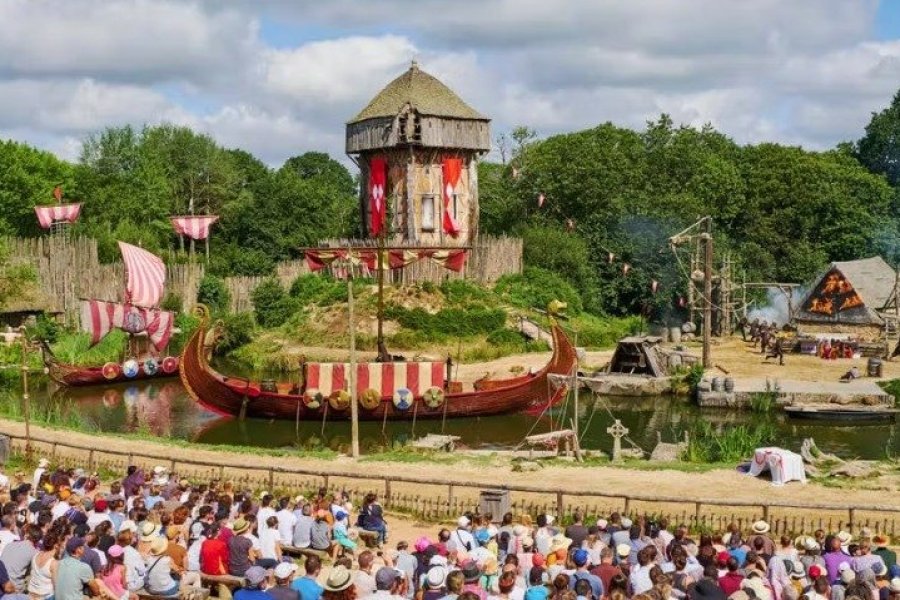
Puy du Fou celebrates its 45th anniversary with a host of new features
Recommended by Tanguy REVAULT
2022 marks the 45th anniversary of the Puy du Fou adventure. Inspired by history and legend, the park has won a string of prestigious awards for ...
Less than an hour by TGV southwest of Paris, this city in the Pays de la Loire region, bathed by the Sarthe and Huisne rivers, is the capital of the 24 Hours of Le Mans. Long before this mechanical epic, the city was the birthplace of Henry II Plantagenet (1133-1189), husband of Eleanor of Aquitaine, who became King of England. "A city that I loved above all else" he said of Le Mans... City of Art and History, Le Mans shelters in its heart a jewel with the Plantagenet City. At the foot of its cathedral, there are 20 hectares of cobbled streets, lined with half-timbered houses and Renaissance hotels, sheltered behind a Roman wall to discover with your guide in hand. The heritage of this destination is breathtaking. You can also visit interesting museums such as the Reine Bérangère, a popular art museum installed in half-timbered buildings and the Tessé museum with its park and gardens. The Saint-Julien cathedral is one of the largest in France (134 m long and 5,000 m² of surface), a splendor. Don't miss the painting of the angel musicians on the ceiling. An exterior menhir testifies to the human occupation of the site since prehistoric times. The collegiate church of Saint-Pierre-la-Cour is worth a visit. Le Mans is also an International Tertiary Cluster and a Territory of Medical Excellence. A land of innovation and a university town. There is no shortage of names for Le Mans: city of tanners, city of wax (manufacturing from the 16th to the 19th century), city of silk (17th and 18th centuries). It is also the red city because of the color of its walls and not in reference to the period when it was a working class city.
When to go to Le Mans ? All year round, you have accommodation, restaurants, a lively city life and the tramway to go from one point to another. Spring is a particularly good time of year because the climate is pleasant and there are many cultural and sporting events such as the Europajazz Festival, the 24 Hours of Le Mans Moto, the 24 Hours of Le Mans, Le Mans fait son cirque and other regional and national events. And don't miss the winter and the end of year celebrations, because then Le Mans celebrates Christmas, and it's magical!
The climate of Le Mans is an oceanic climate degraded by the continental influence. It is characterized by cool, wet winters and mild summers and generally variable weather. The maximum amount of precipitation occurs during the cold season and the city records about 50 days of frost. Average maximum temperatures are 25°C in July/August and average minimum temperatures are 1-2°C in January/February.